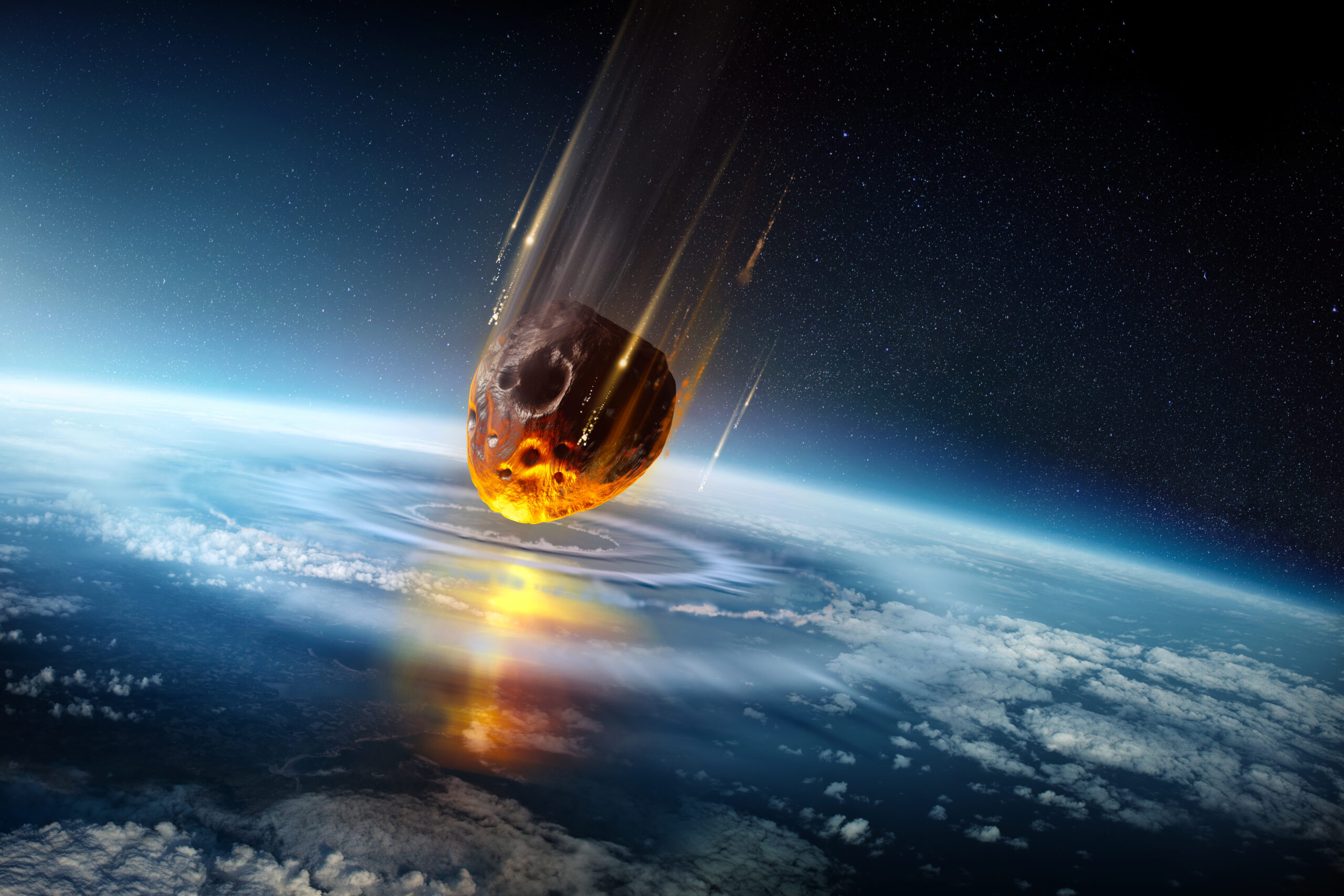Astrophysicist Hugh Ross writes:
In last week’s post, “Did Life Originate on Earth or in the Cosmos? Part 1,” I described how an international, interdisciplinary team of 33 scientists exposed the shortcomings of an Earth-based naturalistic model for the origin and 3.8-billion-year history of life on Earth. In this week’s sequel, I will describe the strengths and shortcomings of what the team proposes to be the only naturalistic alternative to an Earth-based origin and history of life.

Cometary (Cosmic) Biology
Much of the team’s 21-page paper is an update on the Hoyle-Wickramasinghe (H-W) panspermia model. Astronomer Fred Hoyle (1915–2001) was the founder of the modern theory of panspermia. Mathematician and astronomer Chandra Wickramasinghe joined Hoyle in the 1970s and produced spectra demonstrating that interstellar dust is richly endowed with carbonaceous molecules.
The thesis of the H-W panspermia model holds that life was seeded on Earth by life-bearing comets as soon as conditions on Earth permitted life to survive. The model further states that comets have—both continuously and in sporadic bursts—delivered genes, viruses, bacteria, eukaryotic cells, and even fertilized ova and seeds to Earth throughout the past four billion years. Therefore, according to the model, such continuous delivery explains the evolution of life on Earth, including the emergence of human beings, pandemics, epidemics, and new diseases.
The team noted that the Cambrian explosion was “a sudden emergence of essentially all the genes that subsequently came to be rearranged into an exceedingly wide range of multi-celled life forms.”6 They argued that copying errors (mutations) of existing genes cannot produce new genes with functional utility in the same manner that errors generated in copying a computer code will not lead to new software capabilities but rather to serious degradation in the computer code.7
They conclude, therefore, that the new genes that appeared in the Cambrian explosion “must logically be supplied by the ingress of extraterrestrial virions [viruses] and other microorganisms.”8 Specifically, the researchers claim that at the time of the Cambrian explosion, comets brought an intense rain of retroviruses upon Earth’s surface. These retroviruses, in combination with horizontal gene transfer, they aver, were responsible for the sudden, simultaneous appearance of new phyla and classes of life that mark the Cambrian explosion.
Case against Panspermia
The panspermia hypothesis is founded on the assumption that life exists throughout our galaxy and likely throughout the entire universe. The assertion as “modern fact” by the researchers that “hundreds of billions of habitable planets exist in the galaxy alone” is based on two assumptions: (1) the only requirement for habitability is that a planet could conceivably possess liquid water on part of its surface for part of its history, and (2) all red dwarf stars, which comprise at least 75% of the stars in our galaxy, are candidates to host habitable planets.
I have written several articles explaining why red dwarf stars cannot possibly host habitable planets,9 and I provide a more thorough demonstration in my next book, Designed to the Core.10 Furthermore, the 33 researchers are incorrect in assuming that temporal liquid water on a planet is the only habitability requirement. For a planet or moon to be truly habitable it must simultaneously reside in all 13 known planetary habitable zones.11 The planet or moon also must simultaneously reside in the known galactic and supergalactic habitable zones.12 For just the habitable zones discovered so far, the probability of a planet or moon residing in all of them, without invoking miraculous divine intervention, is indistinguishable from zero. Furthermore, habitability requires a planet-moon system nearly identical to the Earth-Moon system, both in its origin and its physical characteristics.13
As proof for their cometary (cosmic) biology model, the researchers claim that spectra of interstellar dust match the spectra of a mixture of semi-bituminous coals and desiccated E. coli bacteria. This “match,” the team concluded, stands as evidence that life is ubiquitous throughout our galaxy and likely other galaxies as well. But the team failed to acknowledge that astronomers are unable to distinguish the spectra of dozens of simple carbonaceous molecules found in many interstellar molecular clouds from the laboratory spectra of desiccated bacteria or a mixture of coals and bacteria. Spectra of interstellar molecular clouds only show that about 135 different carbonaceous molecules are present in these clouds at low abundance levels (a few parts per million per molecule or less). Even at abundance levels below 1 part per billion, astronomers have yet to detect any amino acids, nucleobases, or 5- or 6-carbon sugars. That is, not even the “building blocks of the building blocks” of life molecules are present in interstellar space at anything close to the needed abundance levels.19
What’s Left?
The most important scientific contribution the researchers made was to show—beyond any reasonable doubt—the impossibility of a naturalistic origin of life on Earth. They also demonstrated that a naturalistic, Earth-based progression of life from bacteria to large-bodied animals to humans is not possible. They correctly discern that the only naturalistic alternative to the origin and development of life on Earth is their panspermia model of cometary (cosmic) biology. However, their naturalistic model is no more viable than the naturalistic models they proved intractable.
Reading the 21-page paper reminded me of what I witnessed toward the end of the last day of the 1999 International Conference on the Origin of Life/International Society for the Study of the Origin of Life Conference. A scientist came to the Q&A/comment microphone to tell the assembled origin-of-life researchers that during the conference various speakers had ruled out Earth, Mars, the other solar system bodies, and panspermia as possible explanations for the origin of life. The only possible explanation that remained, the scientist asserted, was directed panspermia—aliens must have come in spaceships and deposited life on Earth. This scientist’s conclusion was met with dead silence.
Read the rest of the article and find the references at Reasons to Believe.
Dr. Ross concludes that the “alien” who delivered life to Earth is consistent with the God of the Bible.